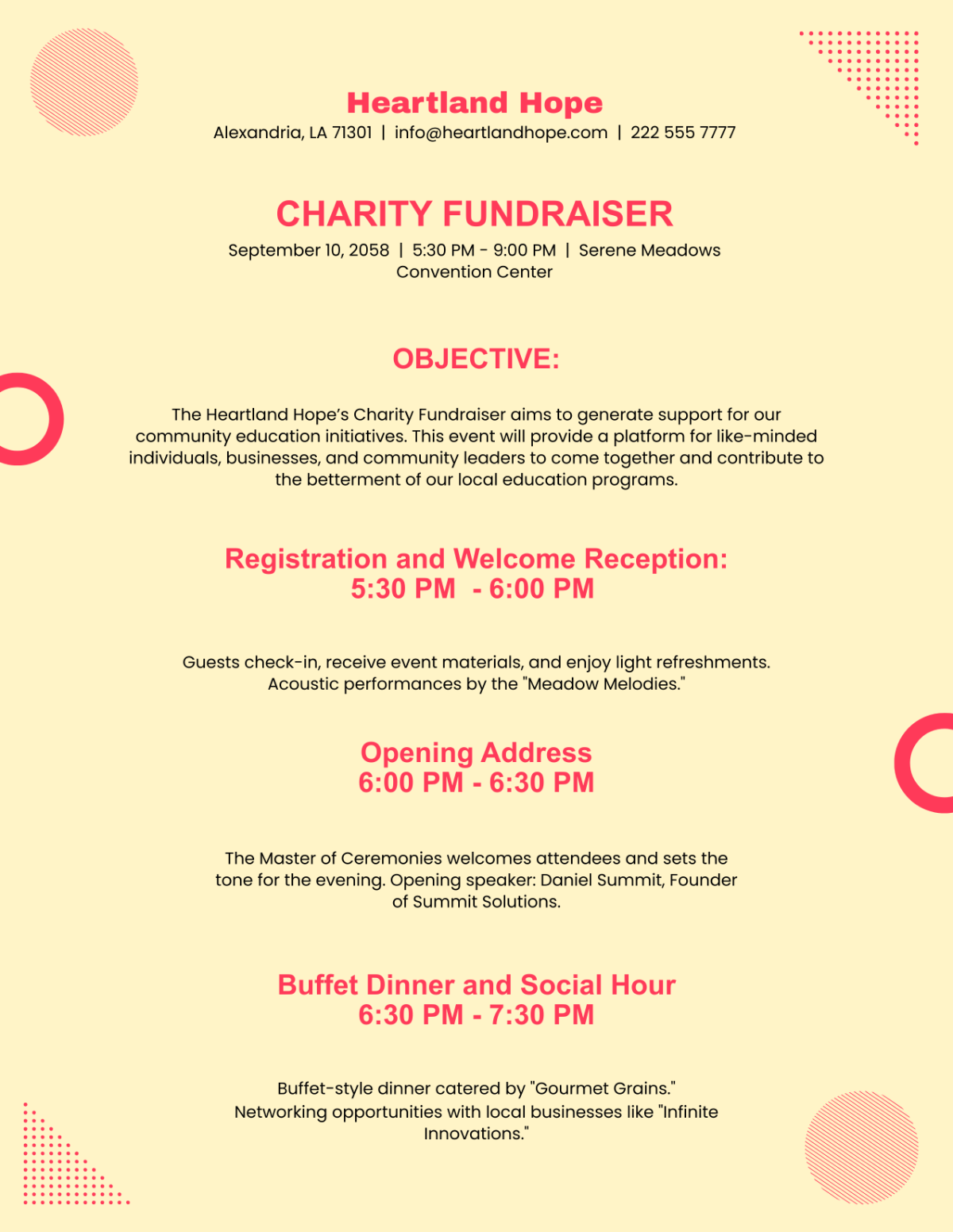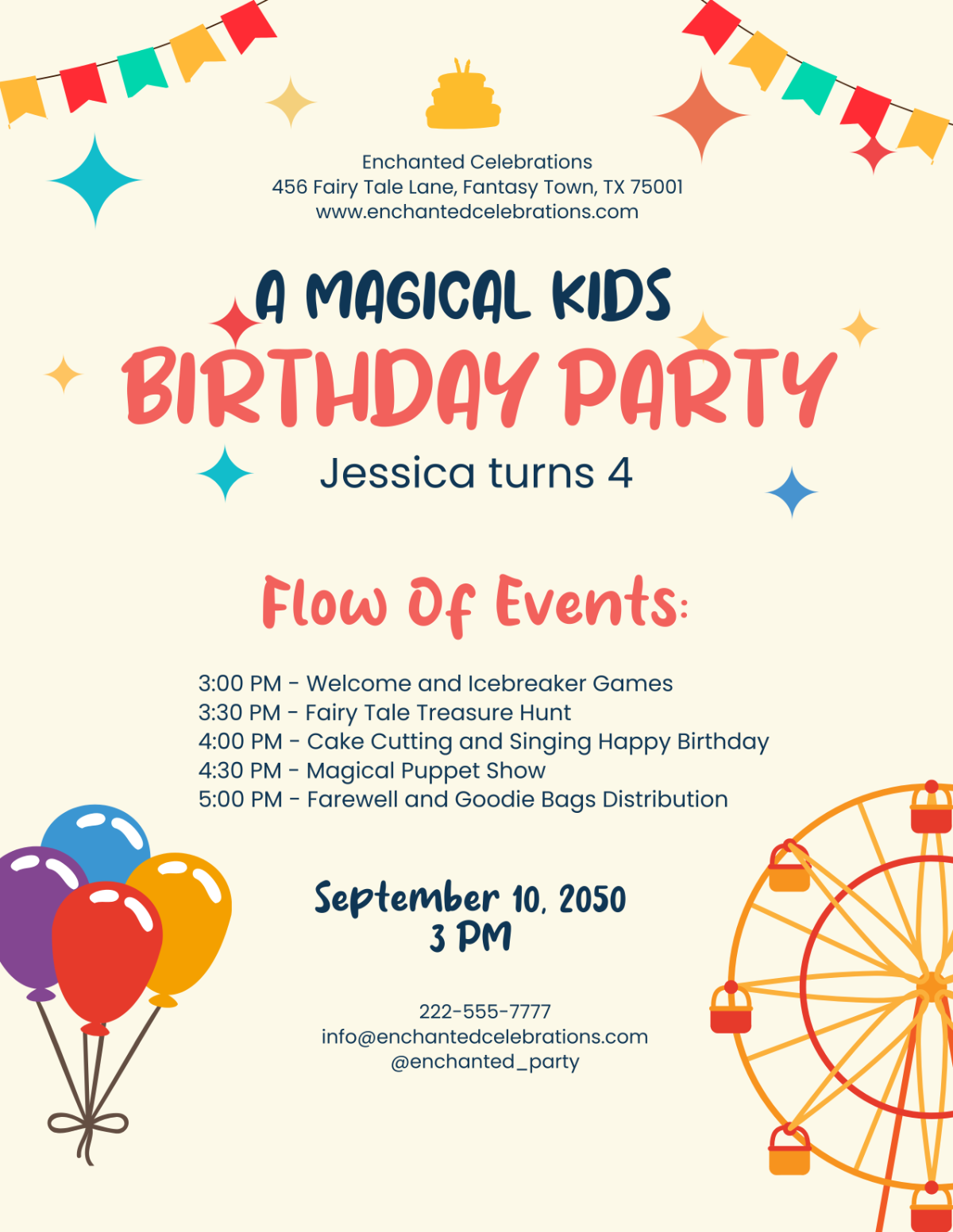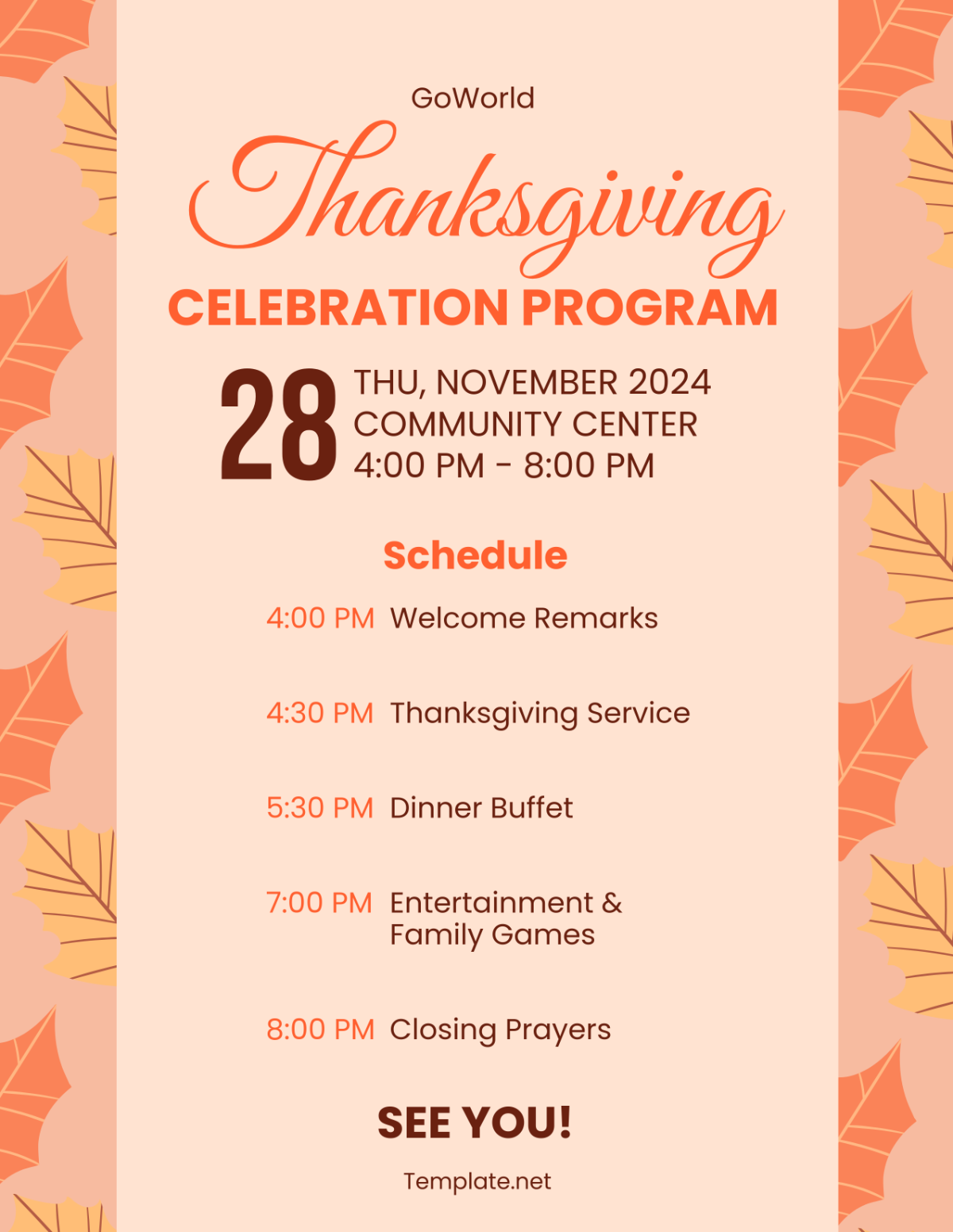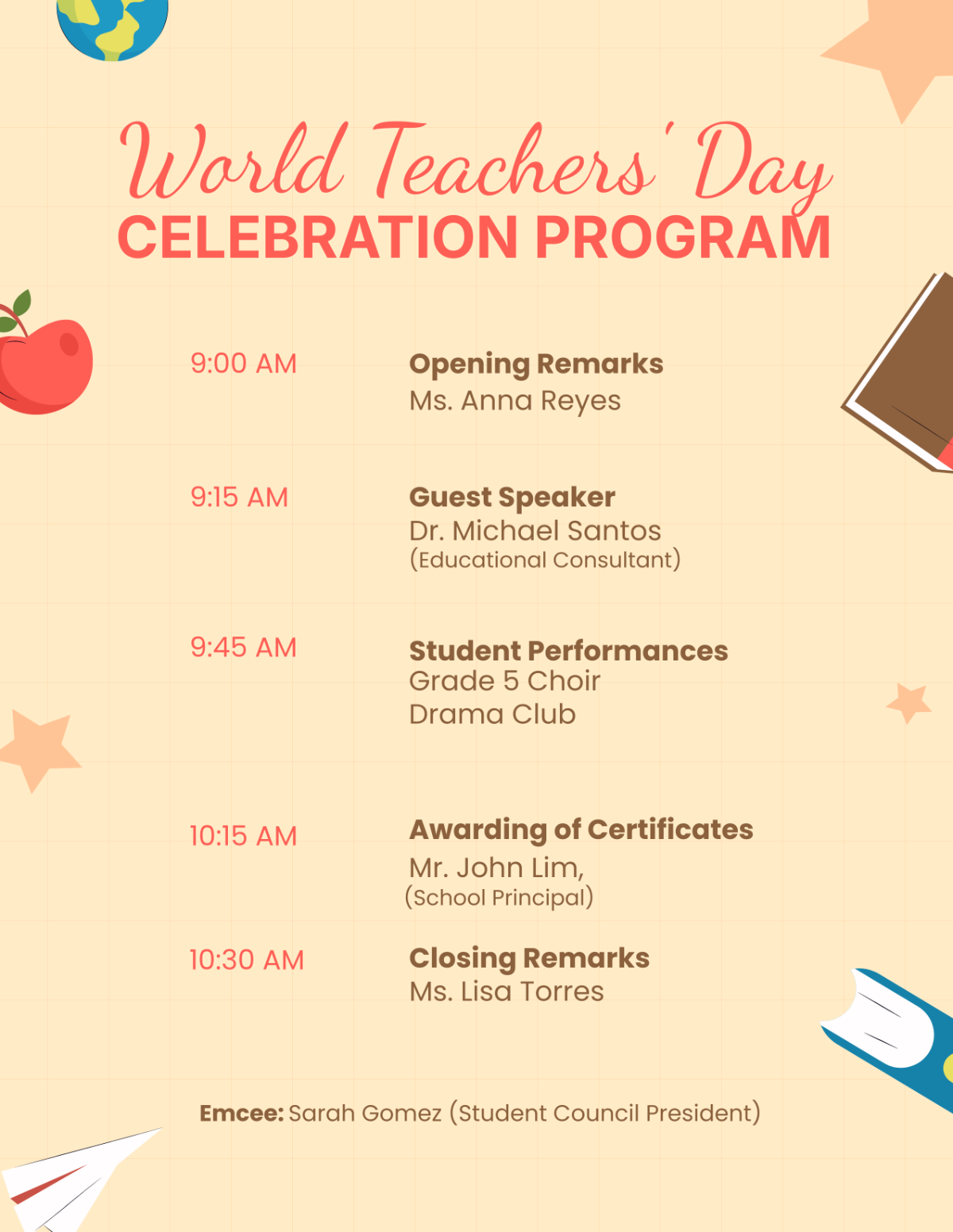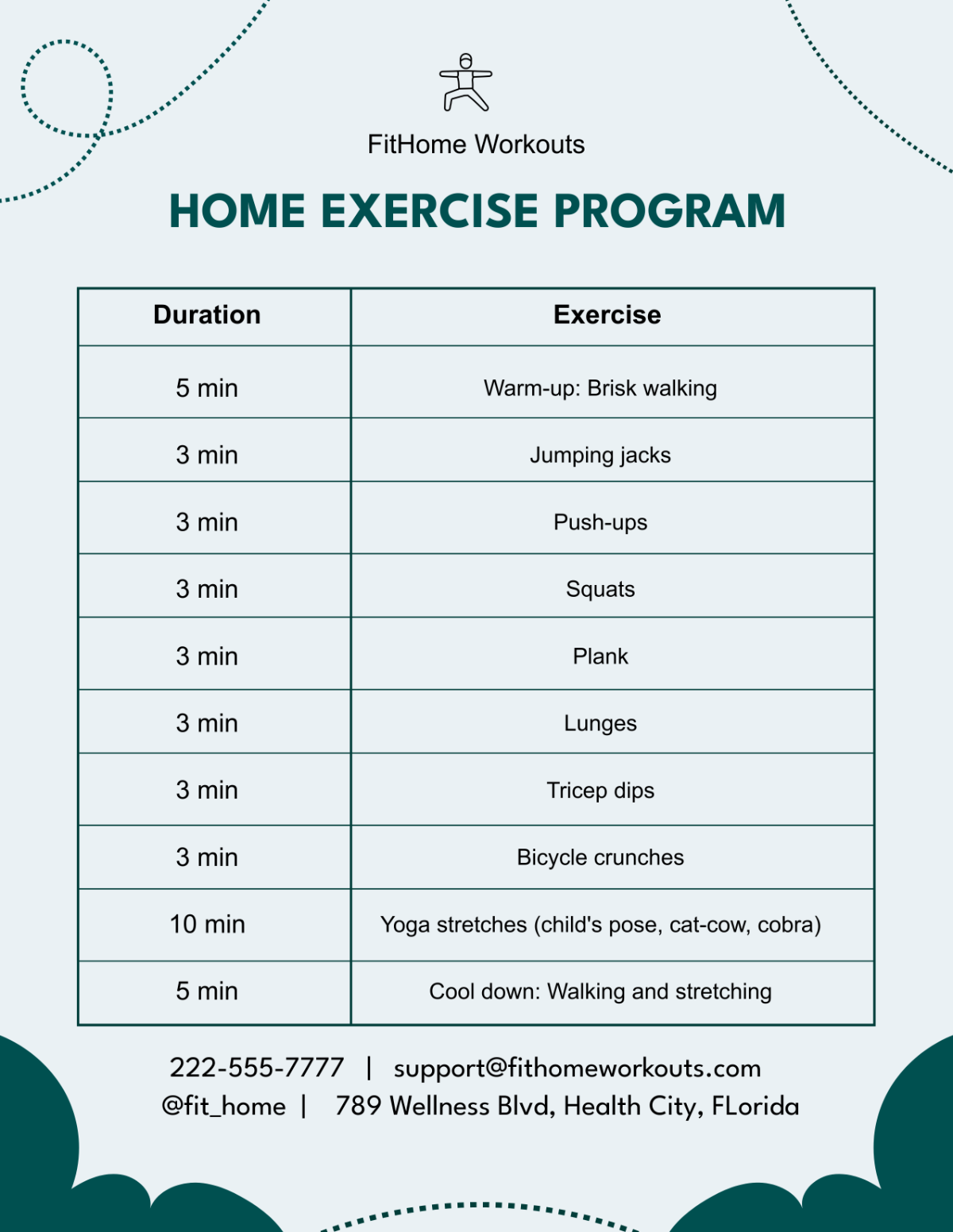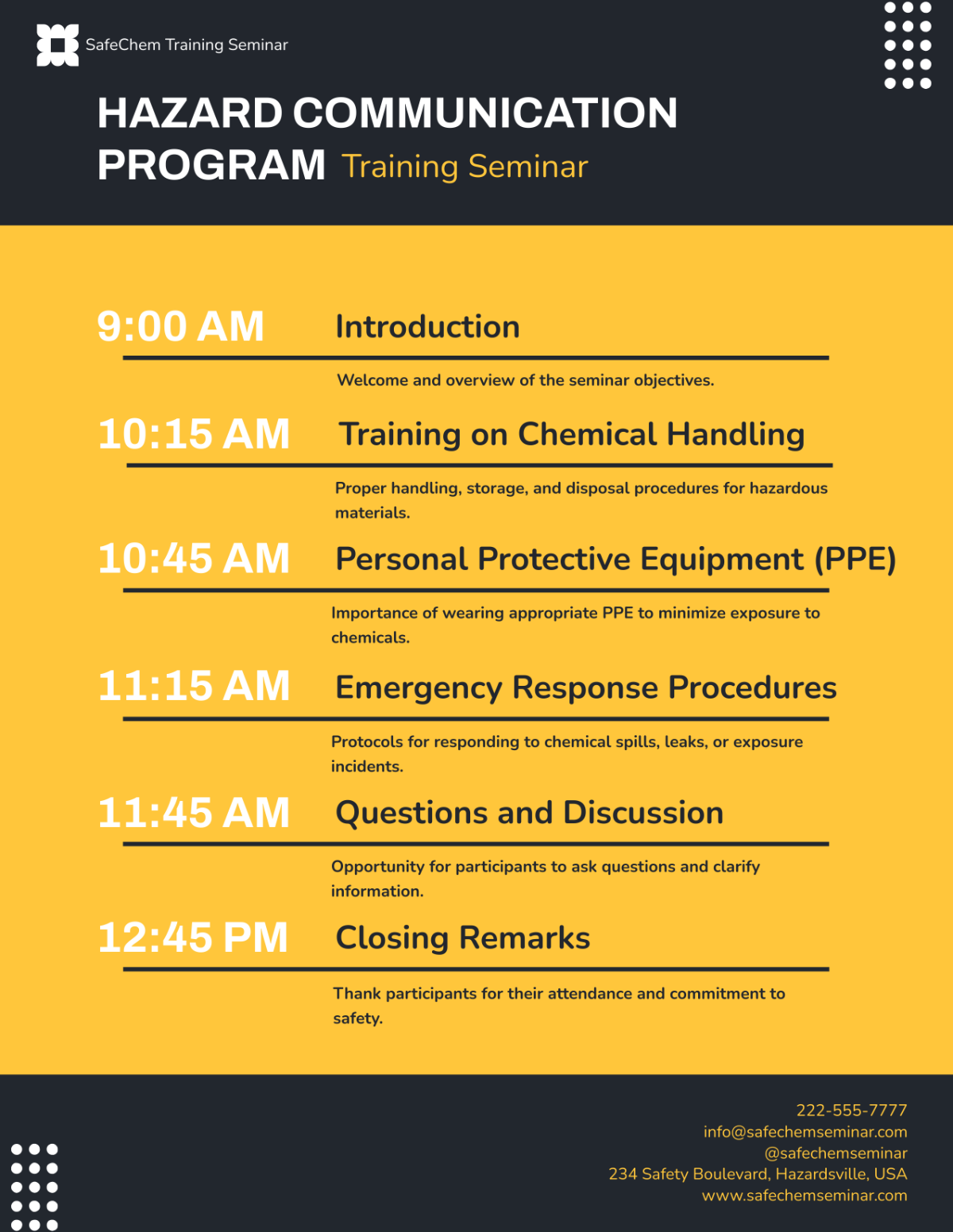Employee Recognition Program Implementation Manual HR
I. Introduction
Overview
Welcome to the Employee Recognition Program Implementation Manual for [Your Company Name]. This manual serves as a comprehensive guide for Human Resources and management to implement an effective Employee Recognition Program. It outlines the procedures, criteria, and rewards associated with the program.
Importance
Employee recognition is a cornerstone of a healthy work environment. It boosts morale, increases engagement, and contributes to higher job satisfaction. A well-structured recognition program can also improve retention rates, thereby reducing the costs associated with employee turnover.
Purpose
The purpose of this manual is to provide a structured approach to recognizing and rewarding employees for their contributions to the organization. It aims to standardize the process across all departments, ensuring fairness and transparency.
II. Objectives
Increase Employee Engagement | The primary objective is to elevate employee engagement levels by 20% within the first year. Engaged employees are more likely to be productive, show up to work, and contribute positively to the company culture. |
Boost Productivity | The program aims to enhance productivity by recognizing and rewarding exceptional performance. Productivity metrics will be clearly defined and communicated to ensure that employees understand what is expected of them. |
Enhance Employee Retention | By creating a rewarding and positive work environment, the program aims to reduce employee turnover rates. High retention rates are beneficial for both the employees and the organization as they contribute to a more stable work environment. |
III. Scope
Coverage
The program is designed to be inclusive, covering all departments and roles within [Your Company Name]. This includes everyone from entry-level employees to senior management.
Limitations
While the program aims to be comprehensive, it is important to note that it does not extend to external consultants, freelancers, or temporary staff. This is to ensure that the program remains focused on long-term, committed employees.
IV. Eligibility Criteria
Employment Status
Eligibility is limited to full-time and part-time employees who have been with the company for a minimum of six months. This six-month period allows for adequate performance assessment.
Performance Metrics
To be eligible for recognition, employees must meet or exceed certain performance metrics. These metrics are tailored to each department and role, ensuring that they are relevant and achievable.
V. Types of Recognition
Types | Details |
|---|---|
Employee of the Month | This is a monthly award that recognizes outstanding performance. It is one of the most prestigious awards and comes with a cash bonus and a feature on the company intranet. |
Milestone Achievements | Employees or teams that reach or exceed specific milestones will be recognized. This could be related to project completion, sales targets, or other measurable outcomes. |
Special Recognition | This category is for exceptional contributions that don't necessarily fit into other categories. Examples include going above and beyond to help a colleague or demonstrating extraordinary commitment to a project. |
VI. Nomination Process
Online Nomination
Nominations can be submitted through a secure online portal accessible via the company intranet. The portal will include a form where employees can elaborate on the reasons for the nomination.
Nomination Review
Once nominations are received, the HR department will review and compile them. A shortlist of candidates will be prepared based on the evaluation criteria outlined in this manual.
Final Selection
The final selection will be made by a committee comprising HR representatives and department heads. This committee will meet on a monthly basis to review nominations and select awardees.
VII. Evaluation Criteria
Criteria Breakdown
The evaluation process is based on a weighted system that takes into account multiple aspects of an employee's contributions. The criteria include performance, teamwork, leadership, and innovation, each with its own weightage as outlined in the table below.
Criteria | Weightage (%) |
|---|---|
Performance | 40 |
Teamwork | 30 |
Leadership | 20 |
Innovation | 10 |

Scoring System
Each criterion is scored on a scale of 1 to 10, with 10 being the highest. The final score is calculated by taking the weighted average of the scores for each criterion. This ensures a balanced and fair evaluation.
VIII. Awards and Rewards
Monetary Rewards
Cash bonuses are a significant part of the rewards program. Depending on the level of achievement and the type of recognition, these can range from $500 to $2000.
Non-Monetary Rewards
In addition to cash bonuses, employees may also receive non-monetary rewards such as gift cards, additional leave days, or even a feature in the company newsletter. These are designed to offer a more personalized form of recognition.
Recognition Certificate
Each awardee will receive a certificate of recognition signed by [Your Name], the CEO of [Your Company Name]. This certificate serves as a tangible acknowledgment of their contributions.
IX. Implementation Timeline
Timeline | Details |
|---|---|
Planning Phase | The initial phase involves detailed planning, including setting objectives, defining criteria, and allocating resources. This phase is expected to last one month and will involve consultations with various stakeholders. |
Approval Phase | The plan will then be submitted for approval to the senior management team. This phase is crucial for securing the necessary resources and is expected to take approximately two weeks. |
Implementation Phase | Upon receiving approval, the program will be officially launched. The implementation phase will take about three months and will include training sessions, communications, and the setup of the online nomination portal. |
Monitoring Phase | After the program is implemented, it will be closely monitored to assess its effectiveness. Key performance indicators will be tracked, and adjustments will be made as necessary. |
Review Phase | An annual review will be conducted to assess the overall effectiveness of the program. This will involve a comprehensive analysis of the program's impact on employee engagement, productivity, and retention. |
X. Monitoring and Evaluation
Quarterly Reviews
Quarterly reviews will be conducted by the HR department to assess the program's impact. These reviews will involve collecting data on employee engagement, productivity, and other relevant metrics.
Annual Survey
An annual employee survey will be conducted to gather direct feedback on the program. The survey will be anonymous to encourage honest feedback, and the results will be used to make program improvements.
XI. Budget and Funding
Budget Allocation
An estimated budget of $[Amount] has been allocated for the first year of the program. This budget covers all aspects of the program, including monetary rewards, administrative costs, and promotional materials.
Funding Sources
The program will be primarily funded through the HR department's annual budget. Additional funding may be sought through sponsorships or partnerships with external organizations.
For further information, please contact [Your Company Email] or [Your Company Number].


